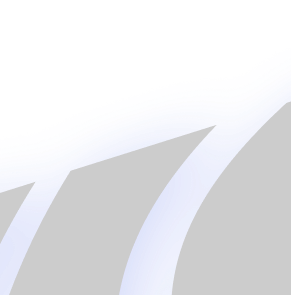“When the wind is blowing, it is the toughest golf course in Britain,” said World Golf Hall of Fame member Sir Michael Bonallack. “And when it’s not blowing, it’s probably still the toughest.” There aren’t many more storied and well-known links courses than Carnoustie. This venue hosts the 147th Open Championship from 19th July and its fearsome reputation will ensure an entertaining spectacle.
Given Carnoustie is the longest course in the Open rota, it stands to reason that driving distance and accuracy would be the most vital weapon in the player’s armoury. We take a look into the statistics to see if that’s viable when making your selections.
Driving distance in the Open
Taking recent form into account by using the PGA’s record of driving distance (sum of all drive distance divided by the number of drives), we’re greeted by some familiar names in the top ten. Rory McIlroy (avg 317 yds), Dustin Johnson (avg 310 yds), Bubba Watson (avg 313.6 yds) and Tony Finau (avg 317.2 yds) are all in the top 10 of big hitters this season. Finau, with the furthest average drive of PGA players to appear at Carnoustie. They’ve undoubtedly got the strength in their locker to handle with the distances between tee and green.
Accuracy over strength
However, digging deeper into their records, and even thinking logically, we can see that distance alone doesn’t give us the entire picture. It’s all well and good being able to crack a ball over halfway down towards the pin but if it’s not on target, it’s not going in. And looking at these players’ drive accuracy it paints a different picture – Rory Mcllroy (58.32%), Dustin Johnson (58.08%), Bubba Watson (59.98%) and Tony Finau (53.35%) shows us that they may struggle in the wild weather of Carnoustie.
A player’s ability to consistently find the green could give us an insight.
On a course that’s renowned for its difficult hazards and tricky bunkers, perhaps average drive accuracy is a better measure for finding Open winners. It shows the player knows their range and is capable of judging the flight of the ball accurately.
First place Henrik Stenson (77.9%) is streets ahead of Ryan Armour (73.84%) in second place in the current PGA rankings. Ryan Moore has shown similar levels of accuracy (72.79%) and knows the course having played Carnoustie as a late replacement for Paul Lawrie. But the problem with these averages is that they don’t reflect difficult courses accurately. Courses like Carnoustie which have some of the highest winning scores of any Open course.
Shot by shot comparison to the field
A better statistic then, would be strokes gained. The “strokes gained” concept was developed by Professor Mark Broadie of Columbia University. This method measures a player’s performance and compares it to the rest of the field. It’s a more sophisticated method of isolating an aspect of player’s performance compared to averaging out their totals because all the scores are relative.
Using strokes gained as a measure of tee-to-green performance, the top players appearing at Carnoustie are Dustin Johnson, Francesco Molinari and Henrik Stenson. Given that Dustin Johnson’s average driving accuracy is in the lower half of PGA players, this shows that we might not be getting the entire picture by averaging out scores. Crucially all three have previous experience at Carnoustie and, so far this season at least, have consistently been more effective than their competitors at driving. It’s this kind of economical scoring that could prove the difference between lifting the trophy or not.
Check out Cloudbet’s markets for golf betting over at our sportsbook.







